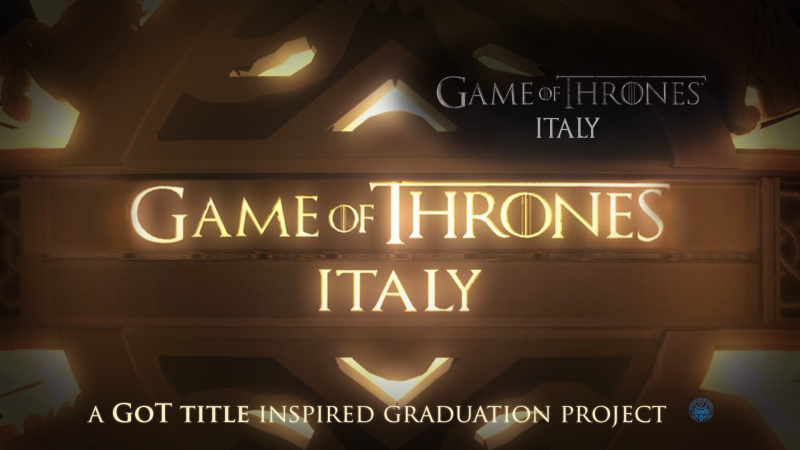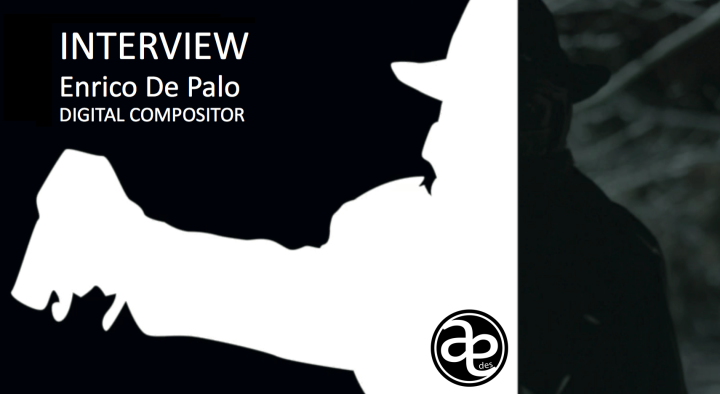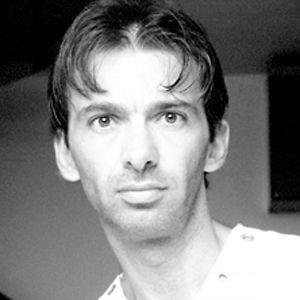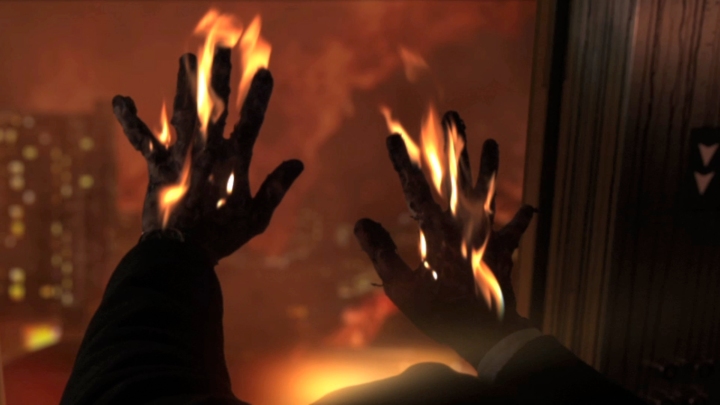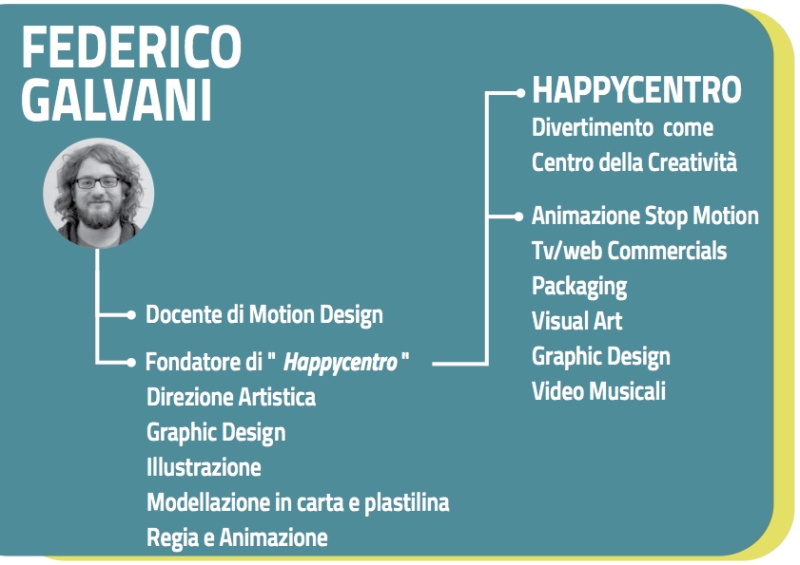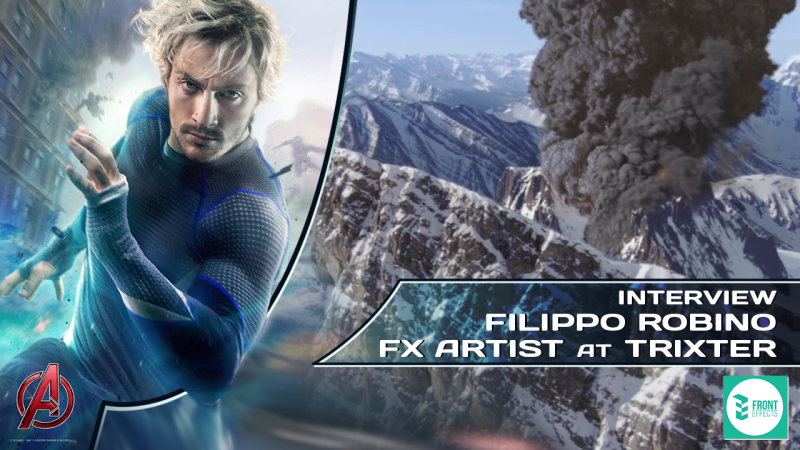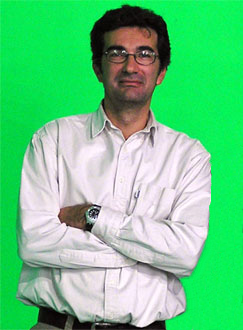 Good morning Mr. Valenziano, could you please introduce yourself?
Good morning Mr. Valenziano, could you please introduce yourself?
I am Franco Valenziano, a VFX Supervisor. I have been working for years on visual effect in different areas: from advertising to television, from cinema to fiction, from general events to theme parks.
What does it mean to work as a VFX Supervisor?
The visual effect Supervisor is involved, or at least should be involved, in projects which contain digital interventions only in the preproduction phase. During the examination of the script with the production, he has to define which are the best technical solutions by mixing, if necessary, special effects (the ones made on the set) and visual effects (the digital effects made in postproduction phase). He discusses about the budget with the eventual VFX producer, follows the shooting phase on the set, which is important in order to have information about the set. For example, if you need to rebuild the camera movements, the lens used, the lighting, or if you need to check the numbers of the takes and the necessary interventions, he supervises all the postproduction work and coordinates the team until the final delivery, in which he confronts his work with the producer, the director, the video editor etc… This work surely requires technical skills, but also a good taste and devotion for image and cinematography, knowing the possible outcomes you can obtain by using different techniques.
You began to interconnect with the CGI world only in the 80s, so you have seen the special effects progression from the analogical to the digital: can you tell us what actually changed in the use of special effects or in the way of shooting films? What changed from the technical point of view?
My experience has always been digital, I am a computer expert, I started working by chance in a telecommunication company, where the majority of my friends were employed to program telephone software. As I wrote in my CV I loved drawing and as they wanted someone for the cad group, I was assigned to one of the first graphic workstations of that company, even before the Silicon Graphics. So, we started developing codes in C or Pascal writing simple programs for two-dimensional drawing purposes in order to help engineers make printed circuit boards; then we discovered 3D libraries in those stations so we started using them too. This experience lead me to work for a little computer graphics company, the Eidos, it was 1985- 1986. We wanted to develop a 3D animation software, as we saw there were already some types of them around the world: Wavefront, an older one named RobertAbel; we worked with the University “Politecnico di Milano”, where they had just developed a rendering raytracing software. Under these circumstances I worked on the interface part, writing codes, but I was the only one able to use that software –obviously I wrote it myself- I knew which button should be pressed and which one should not. Later I started having fun drawing images with that software so I left the developing part for the production one, it was much more fun to use rather than write. Unfortunately that project was never completed. Later I kept working with the first digital post production company in Milan, where the digital effects were still limited to the 3D ones. There were the first compositing softwares, some concerning the workstation of Quantel (like Paintbox, Harry, etc…) in which the 3D PAL images were written on 1 inch type videotape. During the early 80s- 90s, we had a lot of fun, we were a small group of people working on these workstations because only a few companies could afford the investments in graphic hardware and software which cost hundreds millions liras. I remember we went to the SIGGRAPH in USA because the company had us sent there to attend courses and conferences and many associates never came back.
I got to know the special effects only on the cinematographic set, but I had never had any experiences in that field, I just want to make it clear.
So, when did you actually start working in the VFX effects field?
Firstly, I started working in the advertising sector. Then I managed to work for a movie in 2000s: Gabriele Salvatores called me to work on a film named DENTI, a strange story, quite hallucinated, where different visions came out as the main character started his trip…
Did you happened, in your career, to find these kind of problems?
A couple of years ago I worked for a Valfrutta advertisement: a fruit juice, where agency brief was recreated a sequences of anthropomorphic animals, like Madagascar. We realized characters design, informed that we couldn’t create the same characters of the Dreamworks, so for each one there was a series of evident differences. Characters was approved, both design and modeling and texturing phase. Because there are always some presentation steps.
But, at the end, when we presented the characters to the director, all together, inside the circus, they seems exactly like Madagascar!
Anybody had seen that pictures said: “uh, looks! How wonderful, Madagascar 3!”, “No, looks! The lion is completely different, the monkey is completely different!” and all characters was really different, because was born aware of the problem. Maybe a lion, a monkey, a tiger and some parrots under a circus’ marquee remember always Madagascar 3, in everybody’s thought, whatever you can do.
So client asked a legal advice, we got scared, at this point it was too late to redo all work. We had to change something with the rigging, for example, we made a panda that reminds a Dreamwork’s character, so we change him into a polar bear, other characters too were modified using the rig possibility, next we had to texturing all gain. We made a series of justified changes in a hurry!
Another example for the television is the 2005 show Rock Politic, Adriano Celentano call us (Ubic was one of the leader society for the visual effect in Milan), he wants talk about the Milan of 19th century, when the navigli were yet uncovered and navigable. Navigli should be modeled based on old photographies, daguerreotypes, paintings etc; there were the Leonardo da Vinci’s sluice to recreate too. We started with a shot of the modern Milan, and turn the clocks two century back.
We rebuilt in digital all the buildings, with a fade out we blend the modern shot with the reconstruction, and we animated the landscape with clouds and birds, in spite of this the ambient was damned empty!
When I show our reconstruction to Celentano’s wife, she say to us that it doesn’t work. Her husband’s question focused on what beautiful were the city in the 19th century and how ugly is now, but it doesn’t work, the old city was nice but sad, empty. So we asked to RAI if we could use a theater with a blue screen, in a hurry, and recorded some people spread inside the ambient, at the end we had several minutes of material, we were really proud of it!
The video was edited by Celentano, whom used only 30 seconds, the part about the Leonardo’s slice, but since it was too short was playes on reverse too, with a waterfall effect the water went up. We were really perplexed, but Celentano have the 50% of share, on television, so he was right, there’s no question.
Continue reading

